Left-Brain Activation and Mindfulness
In my previous article, "Mindfulness- what is it and why should I do it?" we discussed Richie Davidson's research on mindfulness practices. Davidson found that regular mindfulness practice over a period of just 8 weeks significantly increased immune system functioning and additionally increased left-brain activity (furthermore, increases in the left-brain functioning directly mediated the increases in immune system functioning). I wanted to take a quick minute today to explain a bit about left-brain activation. The following is quoted directly from Daniel Goleman's New York Time's article where he discusses some of Davidson's general research on the brain asymmetry (left versus right):
The functional M.R.I. images reveal that when people are emotionally distressed -- anxious, angry, depressed -- the most active sites in the brain are circuitry converging on the amygdala, part of the brain's emotional centers, and the right prefrontal cortex, a brain region important for the hypervigilance typical of people under stress.
By contrast, when people are in positive moods -- upbeat, enthusiastic and energized -- those sites are quiet, with the heightened activity in the left prefrontal cortex.
Indeed, Dr. Davidson has discovered what he believes is a quick way to index a person's typical mood range, by reading the baseline levels of activity in these right and left prefrontal areas. That ratio predicts daily moods with surprising accuracy. The more the ratio tilts to the right, the more unhappy or distressed a person tends to be, while the more activity to the left, the more happy and enthusiastic.
By taking readings on hundreds of people, Dr. Davidson has established a bell curve distribution, with most people in the middle, having a mix of good and bad moods. Those relatively few people who are farthest to the right are most likely to have a clinical depression or anxiety disorder over the course of their lives. For those lucky few farthest to the left, troubling moods are rare and recovery from them is rapid....
By chance, Dr. Davidson had the opportunity to test the left-right ratio on a senior Tibetan lama, who turned out to have the most extreme value to the left of the 175 people measured to that point.
Results from Davidson's mindfulness research provides evidence for the use of meditative practices to reduce negative mood states - and furthermore shows that positive mood states are more likely to become a part of a person's natural state if they meditate regularly- and it doesn't sound like you have to become a Tibetan lama to do so (although it may help) - but from Davidson's research, it seems like just 8 weeks of practicing can create change.
~ Dr. Regina

